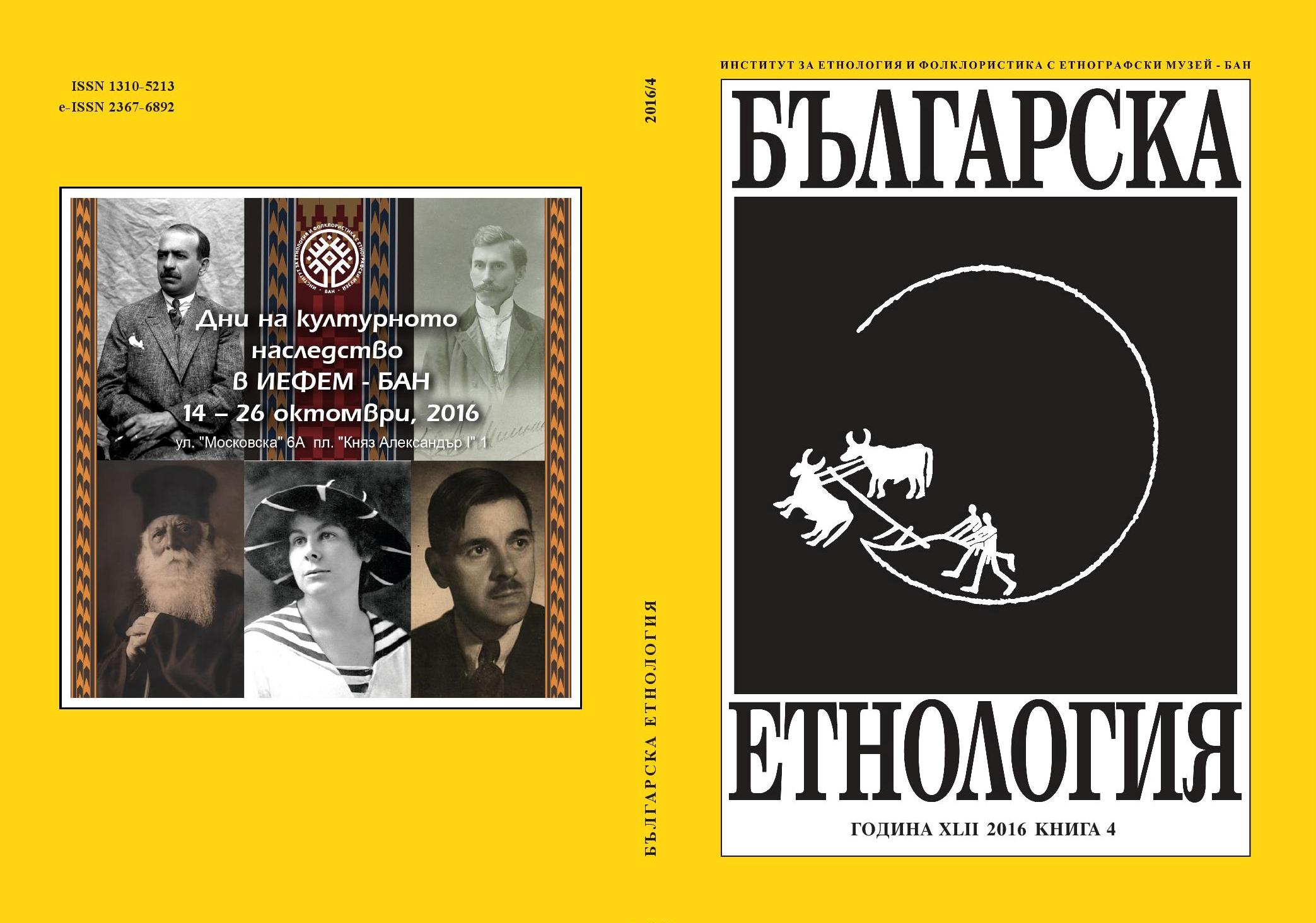
We kindly inform you that, as long as the subject affiliation of our 300.000+ articles is in progress, you might get unsufficient or no results on your third level or second level search. In this case, please broaden your search criteria.

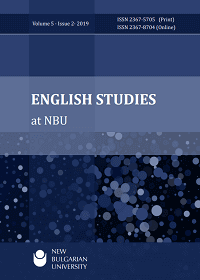
This article comparatively examines French and English literature based on two novels published in 1947, Malcolm Lowry’s Under the Volcano and Jean-Louis Curtis’ The Forests of Night. Both novels employ the mythic device to construct narratives on the twilight of the British Empire and the German occupied French Vichy regime, respectively, depicting experiences of resistance and collaboration on the eve of and during the Second World War. Both invent a system of symbolic imagery modelled on the Surrealist template in Jean Cocteau’s The Infernal Machine, that turns the classical mythic device still prevalent in the early 20th century (i.e. in Joyce or Eliot) upside down. The revolution in Mythic Imagination follows the Structuralist Revolution initiated by Durkheim, Saussure and Bachelard, evacuating fixed ontological architecture to portray relational interdependency without essence. These novels pursue overlapping ethical investigations, on “non-interventionism” in Lowry and “fraternity” in Curtis. The novels raise questions about the relation between colonialism and fascism and the impact of non-Western mythic universes (i.e. Hinduism) upon the Mythic Imagination. They have implications for our understanding of gender relations, as well as the value of political activism and progress.
More...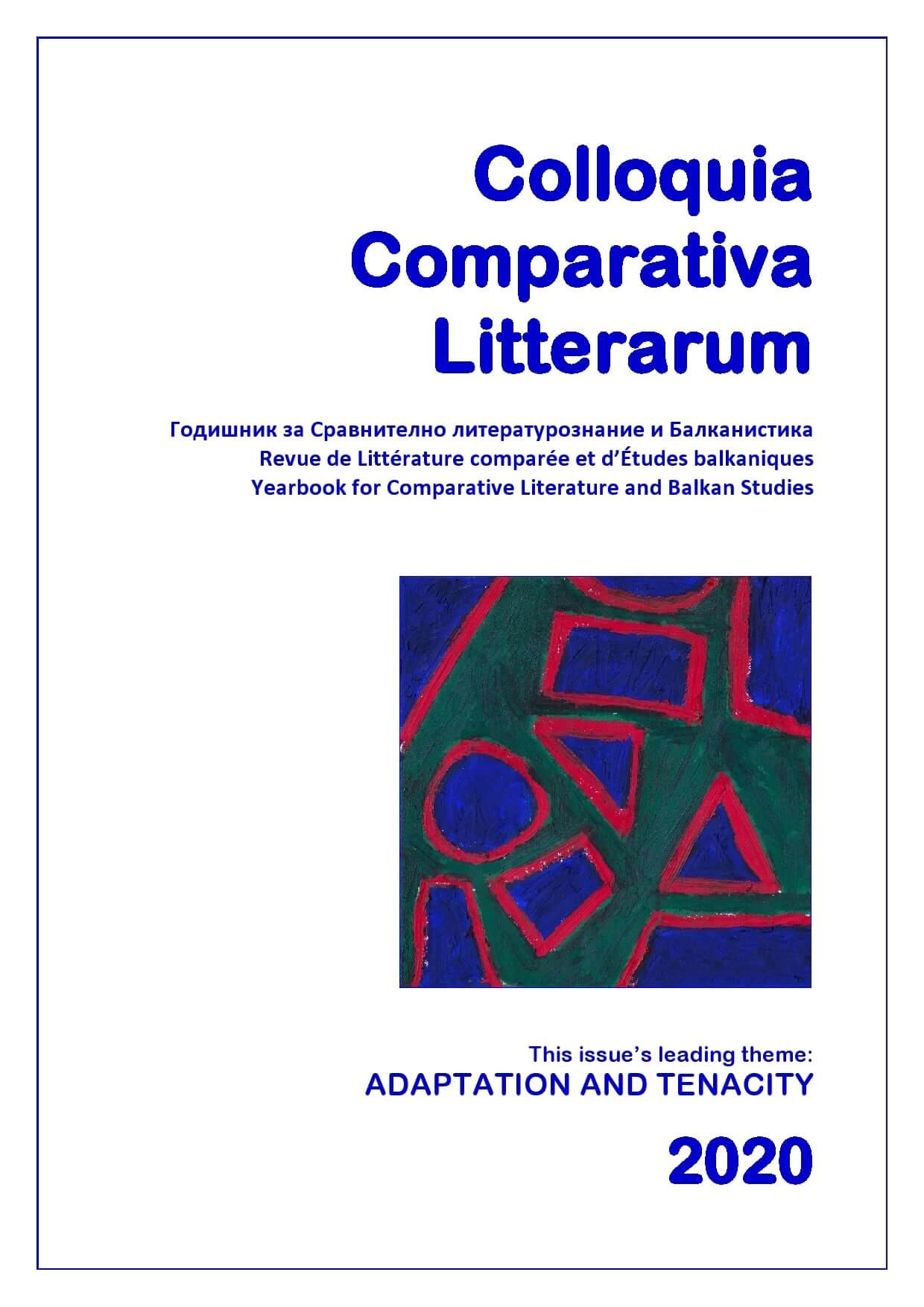
In the Western European novel, the death of the nobleness of the soul brings to life the “social realism” characteristic of Balzac’s work. This change is signified by the transformation of the novel’s protagonist from a moral into a social individual (S. Hadzhikosev). Later, this development will logically progress into the ascension of the antihero and conclude with the “cynical realism” (“réalisme cynique”), preached by authors like Frédéric Beigbeder. Reflecting on several major novels written in the 19th and 20th centuries, this article strives to answer the principal question of whether the novelist could take another realistic path, and tries to imagine what this path would look like.
More...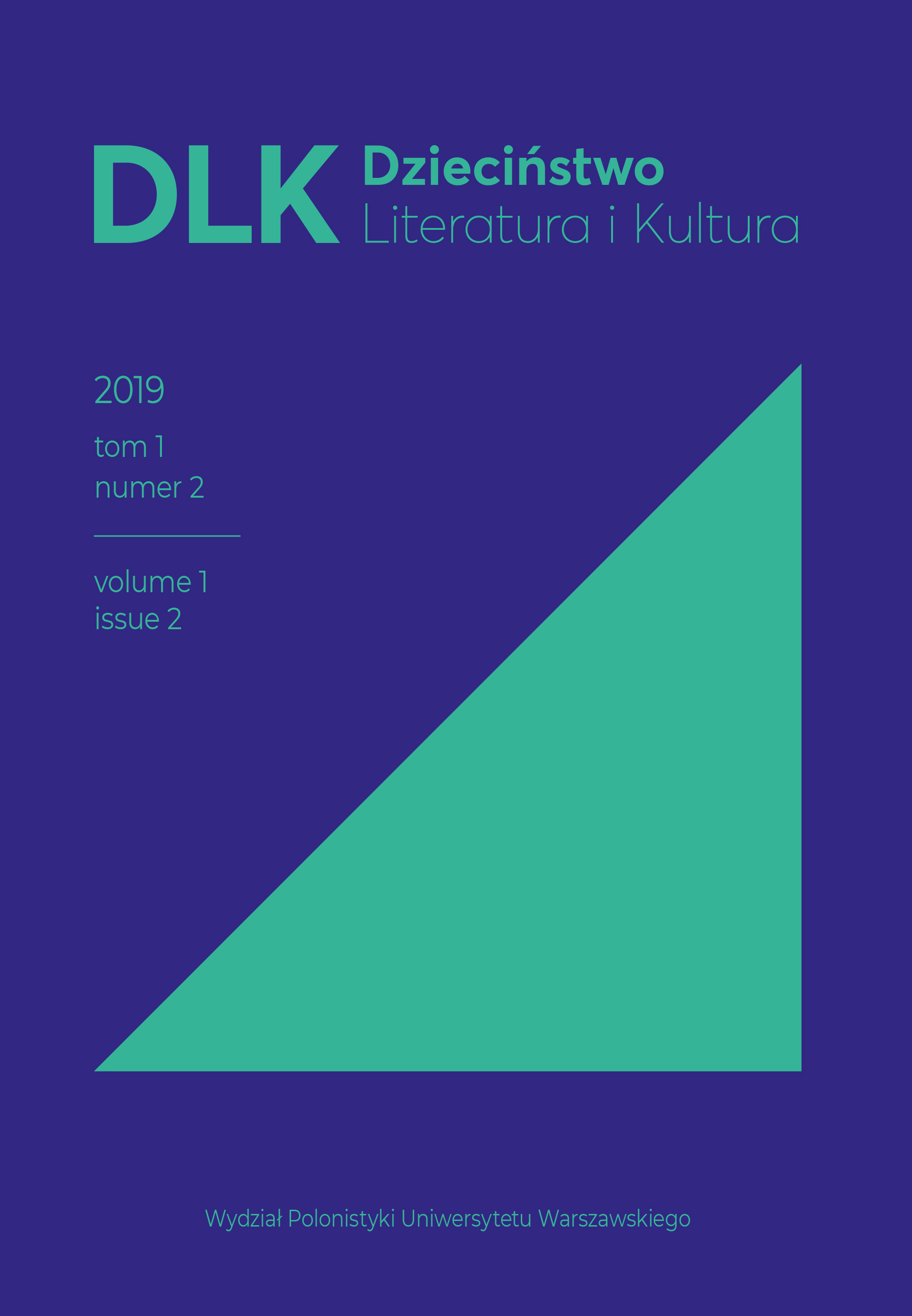
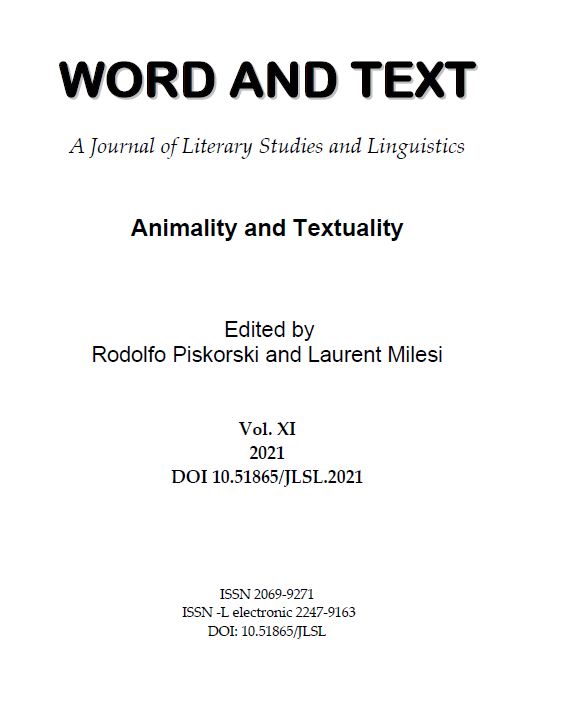

The essay puts to the test Darwinian evolutionist theories, especially the key concepts of adaptation, natural selection and survival of the fittest, in the reading of several plots and fictions (some of them Ark-related animal fictions) concerned with evolution, trauma, adaptability, mimicry/mimesis and survival: Julian Barnes’s Flaubert Parrot and A History of the World in 10½ Chapters, Timothy Findley’s Not Wanted on the Voyage, Robert Kroetsch’s The Studhorse Man and John Fowles’s The French Lieutenant’s Woman. Weaving its critical argument with reference to several of Derrida’s reflections – on the impossibility of a pure origin, the proximity between commencement and commandment, the logic of obsequence, or relation between being and following (je suis), applied deconstructively to the traditional hierarchy between the human and the animal, mastery and monstrosity, and logos and bêtise, etc. – ‘Zo(o)graphies’ is structured in a series of interlinked tableaux, bestiaries as well as insets (Thomas Pynchon’s Gravity’s Rainbow, Jacques Derrida’s Glas). Following from the opening evocation of Peter Greenaway’s Vermeer-themed film A Zed & Two Noughts, which introduces the joint semantics of zographein: to paint from life, and zoon: animal, discreetly at work throughout, this study will eventually attempt to recast the problematic of the evolution of literature and literary forms as involution and regression.
More...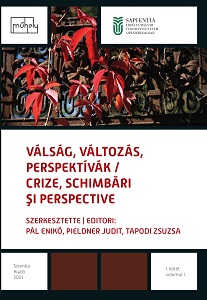
In this paper, I examine the significance and meaning of rust motifs in the so-called “critical fiction” segment of contemporary French literature, and more specifically in the novels of François Bon. Without following through the appearances of rust in literary history exhaustively, some previous instances are briefly mentioned, since rust is one of the most frequently used images of the fragility and transience of the man-made world. In extreme contemporary literature, the poetics of rust expresses the nostalgia for a past industrial society in strange configurations, without remaining within the narrow confines of realistic presentation. Despite its apparent stasis, rust always presupposes an earlier pre-rust time horizon, that of the brand new state of the man-made object, machinery, or bridge. Recently, François Bon published a study of László Moholy-Nagy’s photo series of the transporter bridge of the Old Port of Marseille, blown up in 1944. The pedestal of the transporter bridge, as a rusting memento, from time to time awakens the desire in the French to reconstruct this peak of engineering and industrial achievement.
More...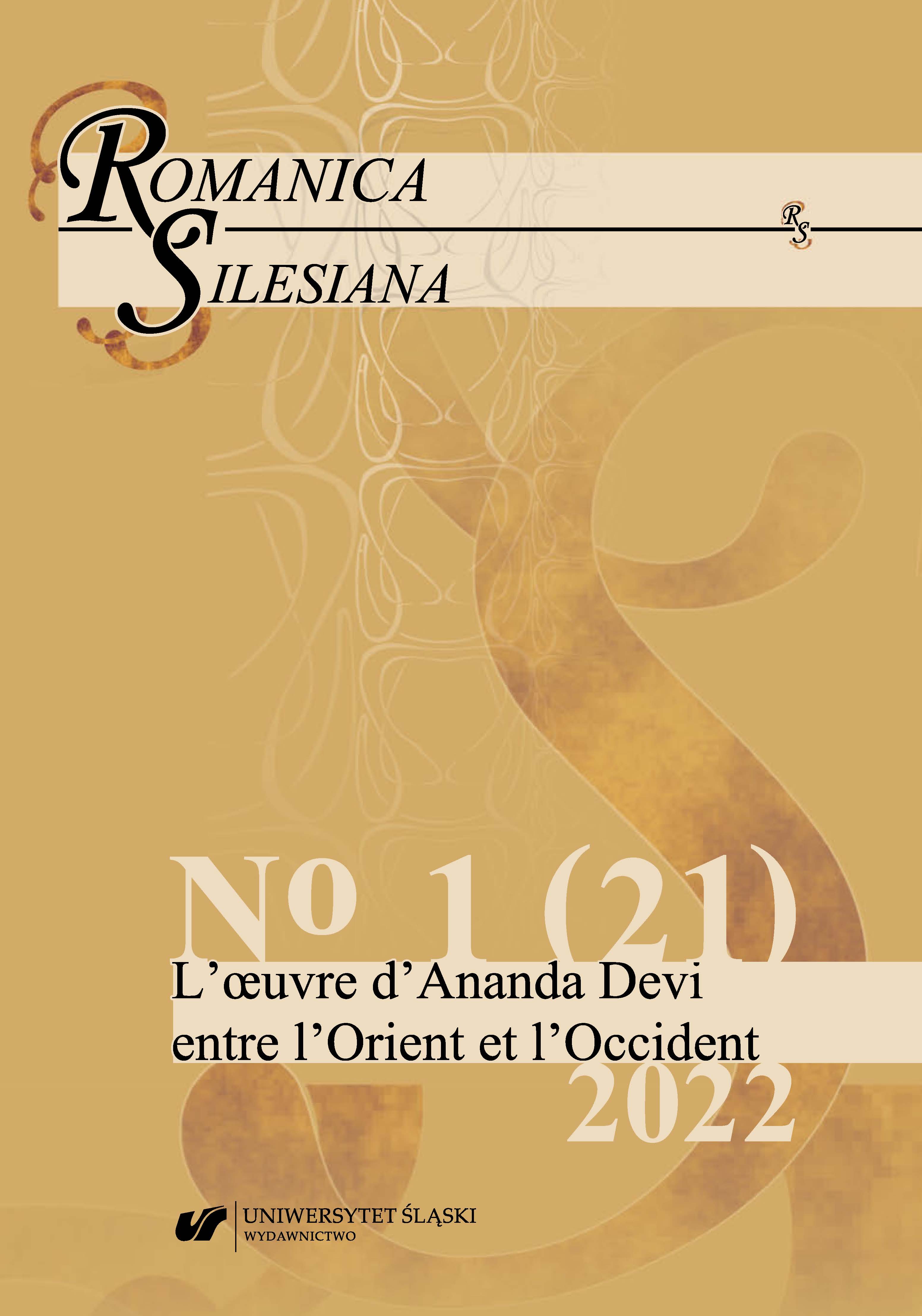
In her novels, Ananda Devi has always known how to immerse us in texts ennobled by local paintings where matrix India appears through the representation of a Cosmogonic universe dominated by magico-spiritual symbolism. Certain homogeneous interpretations, the fruit of historical constructions, obscure, even sometimes neglect, the deeply rooted heterogeneity of Indian traditions in Mauritius. This “bipolar contrast” (Sen, 2007), the sum of imaginary splices and cultural inter-fusion, nevertheless constitutes the humus of the Mauritian identity built over the course of colonial history. The author then illustrated herself through her writings as a major figure in this form of binary representation of the Mauritian universe. Our study aims at revealing the imaginary amalgams that circulate in Devis texts, starting from forms of discourse and knowledge surreptitiously disseminated in motifs such as the “sari” and “the hair”. By relying on an ethnocritical analysis grid, we will show how the Devi’s ethnotexts (Motsch, 2000), manage by a meiotic effect, to shape a “new humanism” at the antipodes of “orientalist representations” (Said, 1978) and ethnocentric of India as seen by the West.
More...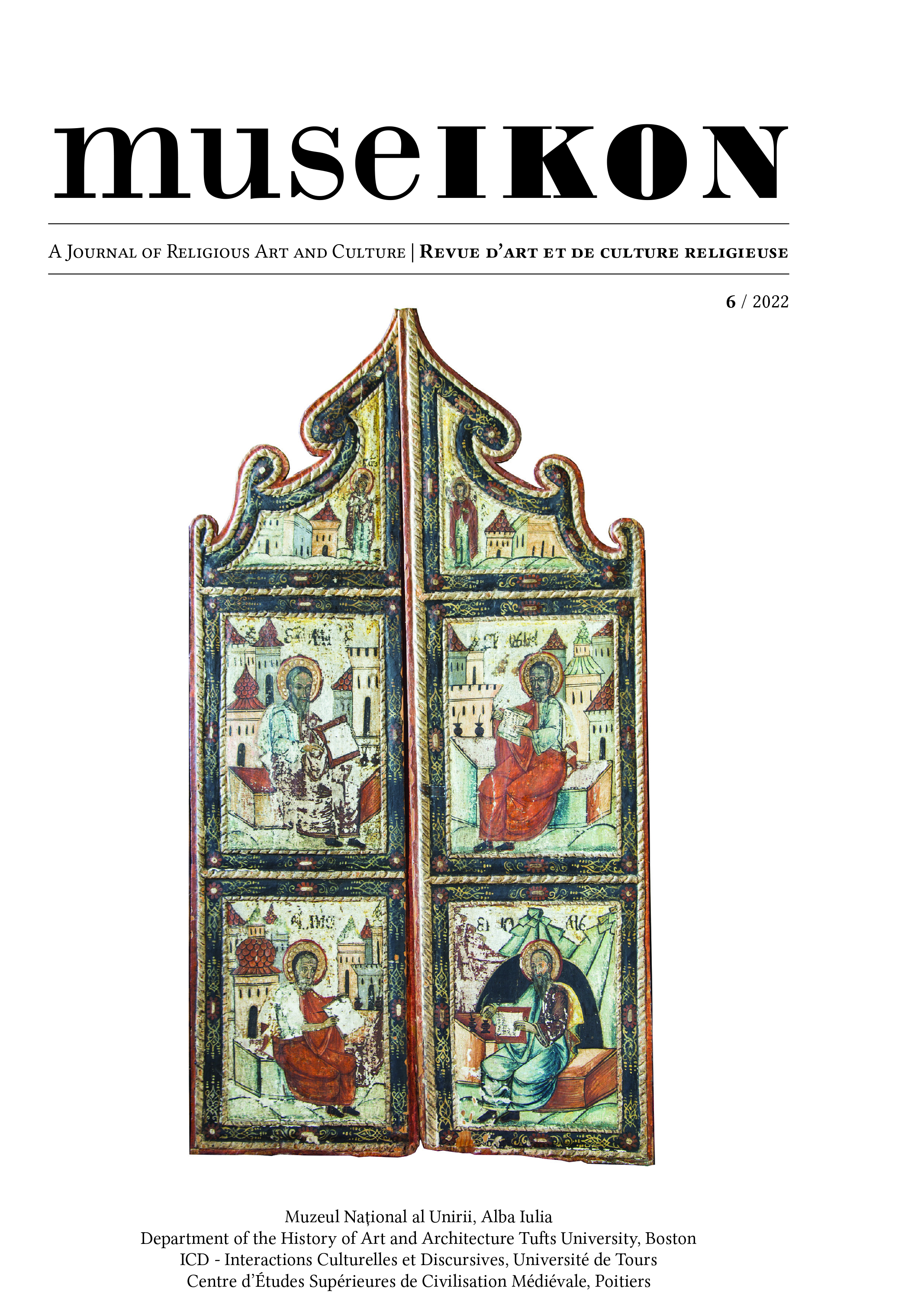
Après avoir reconfirmé la datation de Camille Enlart (vers 1421 ou 1421-1424) et identifié le comman-ditaire (l’évêque de Limassol Barthélemy Gui) dans une inscription fragmentaire, la présente étude explore: d’une part, les modèles des inscriptions en langue vernaculaire française de Pyrga (Chypre); d’autre part, la lo-gique du programme iconographique et le contexte culturel que sous-tend cette dernière. Dans la première par-tie, l’analyse des inscriptions de la chapelle prouve que le concepteur du décor peint a suivi un modèle manuscrit, sans doute un psautier avec un grand cycle d’enluminures. L’étude évoque trois termes de comparaison célè-bres: le Psautier de la reine Ingeburge (Chantilly, Bibliothèque du Musée Condé, 9 – tournant du xiiie siècle), le psautier de l’évêque Henri de Blois (Londres, British Library, Cotton Nero C iv – vers 1160) et le livre d’images de Marie de Rethel (Paris, Bibliothèque nationale de France, n. acq. fr. 16251 – vers 1285). Dans la source manuscrite reconstituée, les inscriptions en ancien français étaient probablement transcrites en tant que tituli, d’après une typologie tripartite: noms de fêtes religieuses, groupes nominaux ayant une fonction analogue et légendes sous forme d’énoncés introduits par l’adverbe coument. La langue des inscriptions de Pyrga, un français d’Outremer, présente les traits particuliers des scriptae chypriotes de la fin du Moyen Âge. De plus, on constate que la déco-ration de la chapelle inscrit le monument de Pyrga dans la catégorie des chapelles royales de l’Europe occidentale (xive et xve siècles). Le transfert du codex à la paroi concerne non seulement les images, mais également les textes qui accompagnent ces dernières. L’auteur s’intéresse ensuite à la disposition symétrique de la décoration dans les deux travées de la chapelle, ainsi qu’à la manière dont cette disposition accentue l’Uniatisme catholique-orthodoxe. La logique dos-à-dos de la décoration émule celle des icônes à double face – termes de comparaison directs pour la chapelle – notamment leur choix d’apparier deux scènes : la Crucifixion / la Mère de Dieu. Le con-cepteur du décor peint souhaitait évoquer l’osmose de deux églises: une église latine, orientée vers l’Est; la sug-gestion d’une église byzantine, orientée vers l’Ouest. Cela explique le choix particulier de la décoration des voûtes (christologique pour la travée Est et mariale pour la travée Ouest), la double représentation de l’An-nonciation (pour marquer l’orientation des deux églises) et le choix d’une composition de type pala d’altare pour la paroi Est, tandis que la paroi Ouest imite la décoration des templons byzantins. L’osmose des deux églises est indiquée de manière encore plus claire par le choix de représenter les martyriums des saints Étienne (signifiant l’Orient) et Laurent (signifiant l’Occident) au-dessus des entrées latérales. Ce serait une allusion à l’osmose des corps de ces saints dans la Coniunctio corporum sanctorum Stephani et Laurentii (bhl 4784b). Après une réévaluation du texte fragmentaire (aujourd’hui perdu) de l’inscription dédicatoire, il est évident que la dédicace proprement dite concernait l’Assomption de la Vierge. Qui plus est, l’osmose Est-Ouest était de nou-veau indiquée par la représentation dans un même cadre de la Dormition de la Mère de Dieu (sujet à connotation byzantine) et du Couronnement de la Vierge (thème occidental par excellence). Les textes littéraires des xive et xve siècles confirment la fixation chypriote de l’appariement de la Mère de Dieu avec la Passion du Christ, de même que plusieurs autres choix de la décoration de Pyrga. La signification de la décoration devait être multiple, en rapport avec la triple utilité du bâtiment: chapelle funéraire (pour Barthélemy Gui), chapelle royale (pour le couple Janus de Lusignan-Charlotte de Bourbon) et point d’entrée au monastère de Stavrovouni, qui hébergeait des reliques de la Sainte Croix.
More...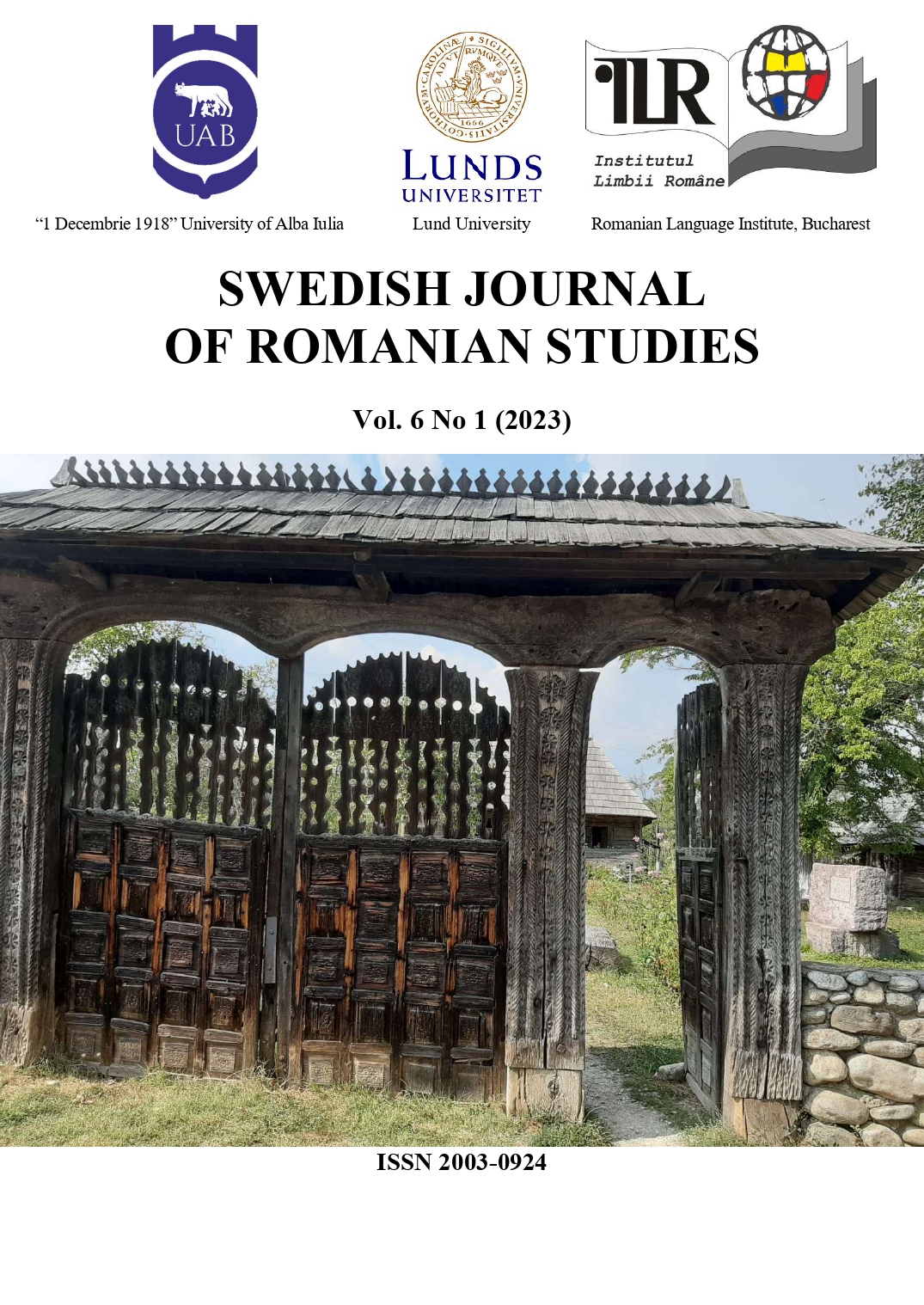
This study analyses the relationship between failure and success from two perspectives: creative psychology and sociology of creation. By starting from Angelo Mitchievici’s recent book, “Farmecul vieților distruse. Câteva reflecții despre ratare” [The Charm of Failed Lives] (2022), which explores one of the favorite themes of decadent literature and art (failure), I aim to highlight the most relevant existential postures in a writer’s life: the anti-bourgeois aristocratic posture (the dandy) and the proletarian-democratic posture (the bohemian). It is not by chance that Mitchievici dwells on the works the Romanian-French writer Emil Cioran, who tried to build an image of a secluded writer, close to anonymity, avoiding to cultivate both the bohemian and the dandy style, by adopting a lifestyle shaped by the cult of work and discipline, in the spirit of the Protestant ethics theorized by Max Weber. Mitchievici explains very convincingly how, once he emigrated to Paris, Cioran completely abandoned the Romanian language, in which he was convinced he was failing as a writer, in order to devote himself exclusively to writing in French, with the idea of conquering global glory. In addition to Cioran, the authors in focus are Francis Scott Fitzgerald, Shakespeare, Voltaire, Flaubert, Dino Buzzatti, Mihail Sadoveanu, Mircea Cărtărescu, etc., which provides the critic with the opportunity to reconnect with his former books (e.g. “Decadență și decadentism în contextul modernității românești și europene”, 2011) and to show a refined and mature essayist’s vein.
More...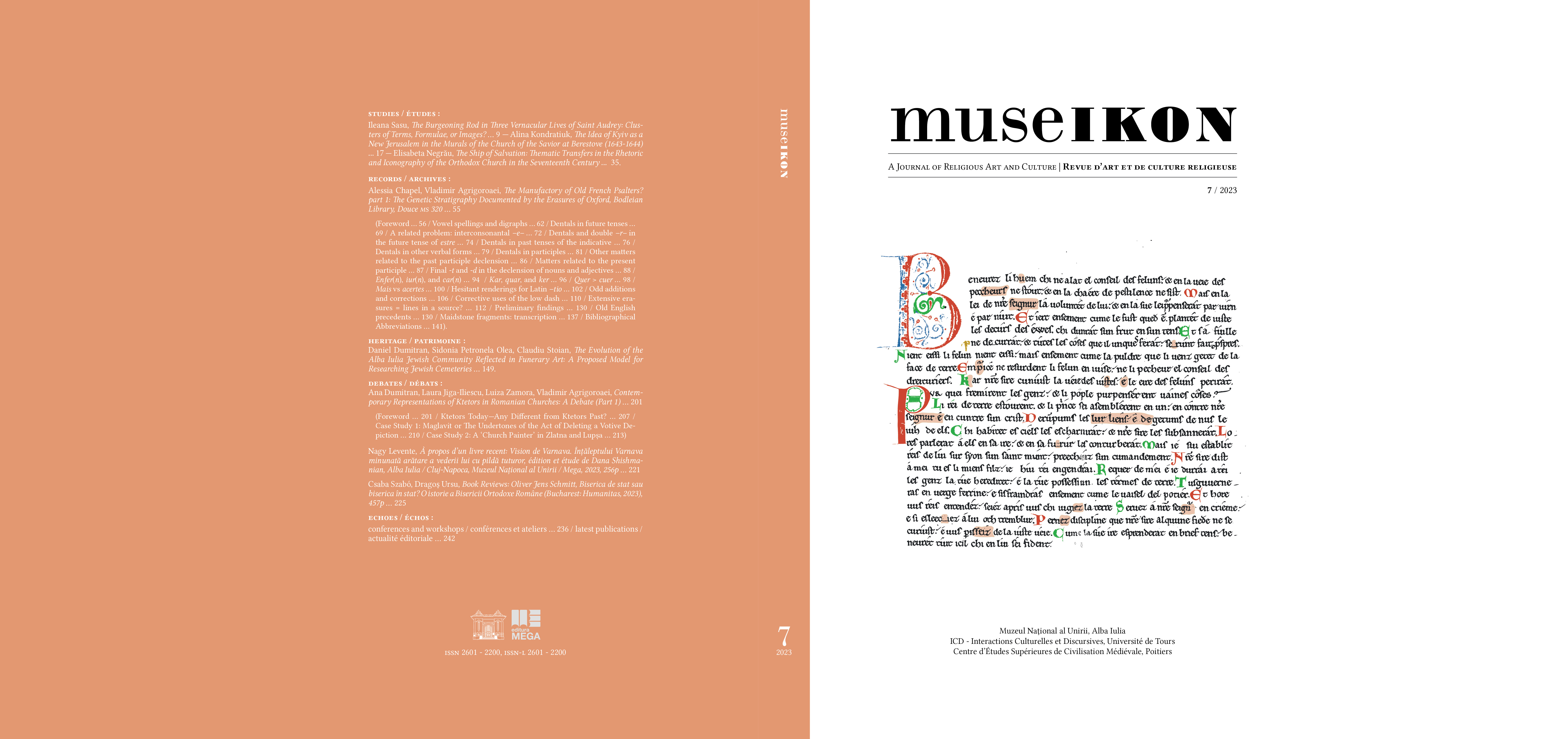
Articolul analizează imaginea toiagului înflorit în trei vieți ale Sfintei Audrey (sau Etheldreda de la Ely): una în franceză veche și două în engleză mijlocie, precum și în alte texte devoționale. Studiul arată cum, dincolo de cuvinte, imaginile sunt transferate dintr-o limbă într-alta în timpul procesului de traducere. Imaginile vehiculate de texte determină alegerea cuvintelor în traducere. Analiza se bazează pe două extrase în limba engleză medie. Primul este dintr-o ediție inedită a vieții în proză a Sfintei Audrey, acum într-un manuscris de la Corpus Christi College, Oxford, iar cealaltă din viața în proză din manuscrisul Additional 2604 de la Biblioteca Universității Cambridge, un text scris pentru o membră a unei comunități monahale feminine. Textul în franceză veche este preluat din poemul din secolul al XII-lea La vie seinte Audree, nonneyne de Ely, compus de o autoare pe nume Marie — fie Marie de France, celebra poetesă, fie o călugăriță anglo-normandă cu același prenume. Acestor texte li se adaugă alte exemple preluate din surse latine pentru a demonstra interoperabilitatea imaginii toiagului înflorit în literatura medievală.
More...
Pentru a înțelege mai bine relațiile intertextuale dintre psaltirile franceze medievale, întoarcerea la o sursă fundamentală precum Psaltirea de la Oxford (manuscrisul Oxford, Biblioteca Bodleiană, Douce 320) este esențială. Astfel, unul dintre scopurile acestui articol este cel de a pune bazele unui studiu al modificărilor de natură textuală reprezentate de numeroase ștersături care reflectă procesul de redactare și spun povestea acestui manuscris. Deoarece studiul este de amploare, a fost necesară segmentarea lui în mai multe publicații. În această primă etapă, după o introducere care analizează relațiile manuscrisului Douce 320 cu alte manuscrise din familia sa (de exemplu, Londra, British Library, Arundel MS 230), autorii discută ștersăturile legate de fluctuația vocalelor și diftongilor în ortografia anumitor cuvinte. Analiza tratamentului dentalelor finale ocupă apoi secțiuni referitoare la anumite forme verbale ale modurilor indicativ, conjunctiv și participiu. Acestea sunt completate de studii privind ștergerea unui -e- interconsonantic în formele de viitor și oscilarea între -r- și dublu -rr- în formele de viitor ale verbului estre. În cele ce urmează, ștersăturile și/sau corecturile legate de dentale permit de asemenea să fie abordată problema declinării, nu numai în cazul participiilor, ci și a mai multor substantive și adjective. Cercetarea se concentrează apoi pe studii de caz: ștergerea unui –n final în enfer(n), iur(n) și car(n); ezitările scribului legate de ortografia conjuncției car; înlocuirea frecventă a lui q cu c în cuvântul quer/cuer; ezitarea între folosirea conjuncției mais sau a conjuncției acertes; precum și multiplele opțiuni de a traduce sufixul latin –tio. O paranteză deschisă cu privire la anumite adăugiri și/sau corecturi sugerează posibilitatea ca manuscrisul Douce 320 să nu fie o traducere autografă a Psaltirii St. Albans (păstrată la Hildesheim, Dombibliothek, St. Godehard 1). Scribul ar fi folosit mai degrabă o sursă latină cu o glosă vernaculară interliniară. Această deducție pare să fie confirmată și de utilizarea unei liniuțe de unire, pe care copistul o folosește pentru a compensa erori probabile de transcriere. Ipoteza aceasta este susținută mai ales de cercetarea asupra câtorva „ștersături lungi”. Ele par a privi unități de transcriere a căror modificare este legată de structura și interconectarea textuală cu o sursă care prezintă atât un text latin, cât și o glosă interliniară. În încheierea acestei părți, după ce au prezentat, spre comparație, exemple preluate din Psaltirea Winchester și Psaltirea Arundel, autorii propun reconstituirea unui segment de text care ar putea fi mai aproape de sursa manuscrisului Douce 320. Articolul se încheie cu o comparație cu precedentele în limba engleză veche și cu o transcriere a fragmentelor de la Maidstone, Centrul și Biblioteca de Istorie Kent, Fa/Z1 (fragmentul Faversham i). Continuarea cercetării este prevăzută pentru următorul număr al revistei Museikon.
More...

Book review: Балканските култури: диалог, трансфер, метаморфози. Под ред. Орлин Събев, Лора Тасева, Антоанета Балчева. София, ИБЦТ – БАН, 2023, 234 с., ISBN 978-619-7179-38-5 [The Balkan Cultures: Dialogue, Transfer, Metamorphoses. Ed. Orlin Sabev, Lora Taseva, Antoaneta Belcheva. Sofia, IBSCT – BAS, 2023].
More...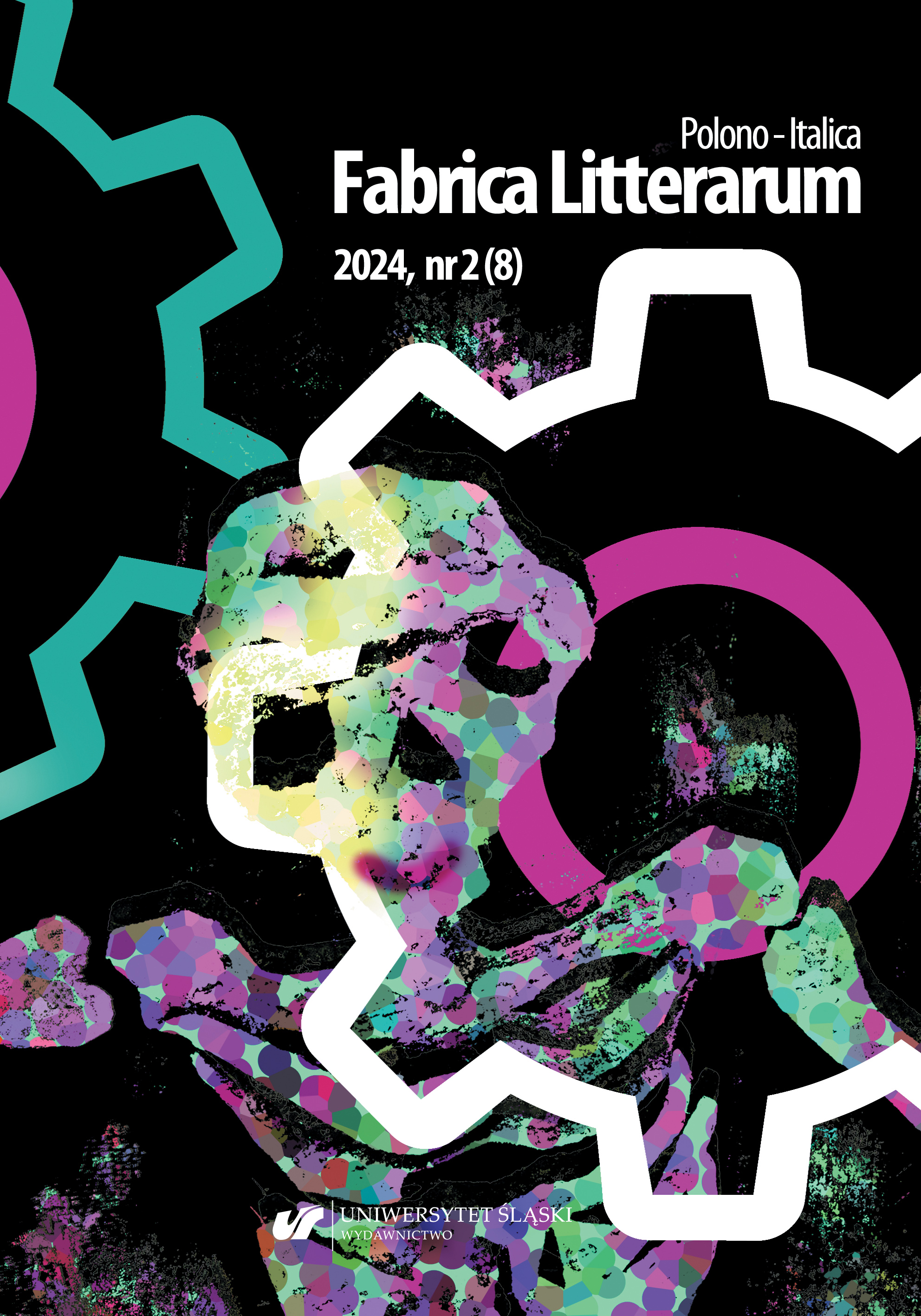
This essay explores the philosophical implications inherent in Samuel Beckett’s most enigmatic and metonymic late theater work, Not I, even as he frequently abjured any interest in philosophy, which he claimed neither to read nor to understand. The play is profoundly ontological, however, and its metonymic stage image engages the classical philosophical conundrum of the relationship of the part, a piece or fragment, say, to the whole, an issue with which Beckett has at least been intrigued for most of his creative life.
More...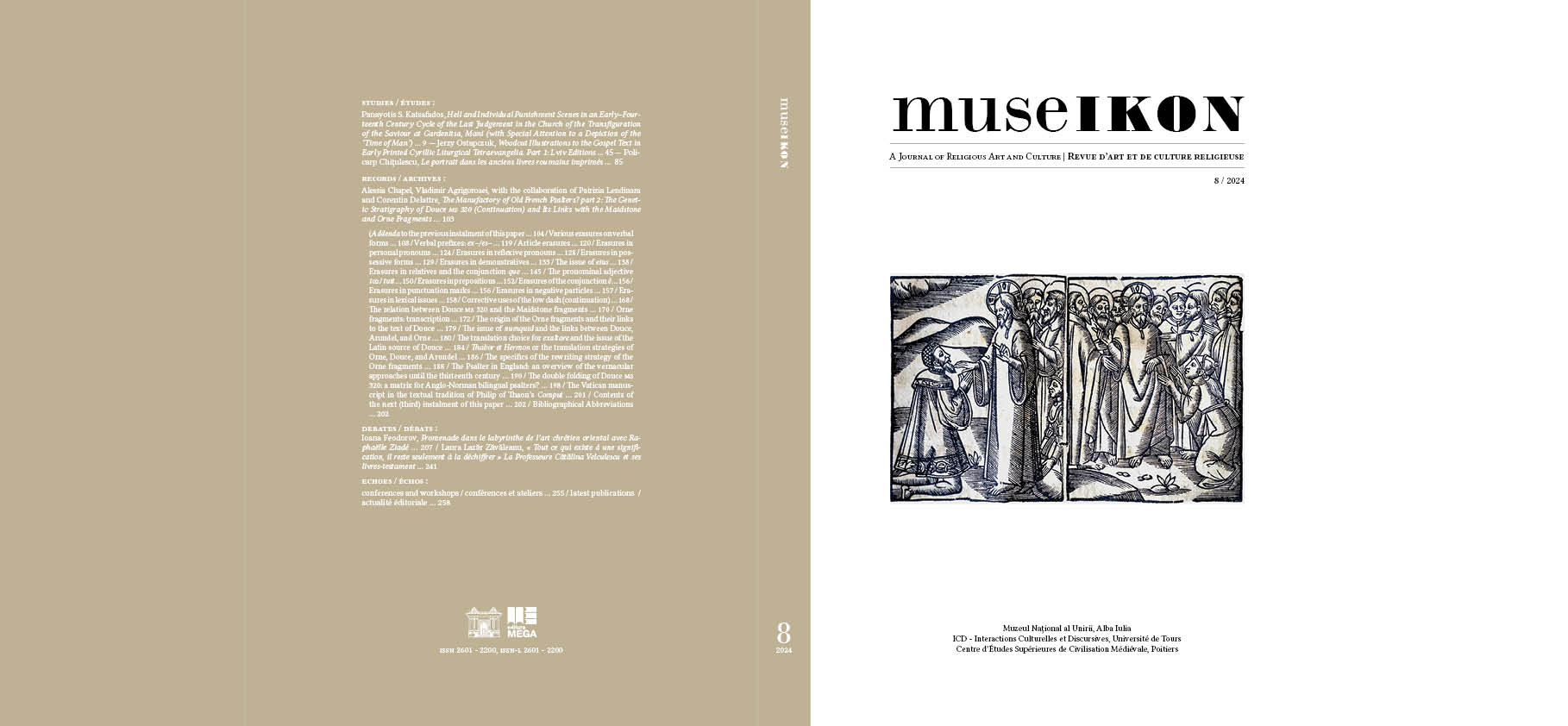
Le présent article s’inscrit dans la continuité de celui qui a été publié en 2023 dans la même revue (The Manufactory of Old French Psalters: Part 1…). Ce deuxième volet comprend d’abord une section de addenda qui complètent certaines parties du précèdent article. S’ajoutent ensuite les érasures dans diverses formes verbales, suivies par un recensement des corrections liées aux préfixes ex– et es–. D’autres séries d’érasures concernent différentes parties du discours: articles définis; pronoms personnels; pronoms réflexifs; formes possessives; démonstratifs; avec une étude de cas sur les choix de traduction du génitif eius, dont plusieurs documentent l’existence d’un antigraphe. Il s’agit souvent d’une hésitation entre les formes faibles et fortes. Des sections com-plémentaires sont consacrées aux érasures des pronoms relatifs et de la conjonction que; à l’adjectif pronominal toz / tuit; aux prépositions; à la conjonction é; aux signes de ponctuation; et aux particules négatives. L’ana-lyse des érasures du manuscrit d’Oxford, Bibliothèque bodléienne, Douce 320 se termine par un examen détaillé des corrections liées à différents phénomènes lexicaux. L’article porte ensuite sur les rapports entre le manuscrit Douce et les fragments de Maidstone, dont la transcription a été publiée dans le premier volet. Suivent une transcrip-tion des fragments de l’Orne (Paris, Archives Nationales, dossier AB xix 1734) et une étude sur l’origine de ces derniers et sur leurs liens avec le texte de Douce. Les choix de traduction pour le latin numquid documentent les liens entre Douce, Arundel (Londres, Bibliothèque britannique, Arundel 230) et Orne. Les choix de traduction du latin exaltare permettent en partie de restituer le texte latin de la source de Douce. Les différentes stratégies de traduction d’Orne, de Douce et d’Arundel semblent être des réécritures d’antigraphes similaires. Toutes ces ana-lyses montrent que Douce, Arundel, Orne et Maidstone proviennent de deux ou plusieurs gloses vernaculaires apparentées. L’article propose ensuite une perspective globale sur les approches vernaculaires de la traduction des psaumes en Angleterre jusqu’au xiiie siècle, qui documente l’interaction des langues vernaculaires anglaises et françaises avec les textes (et l’exégèse) latins. Il se termine par une discussion (appuyée sur deux exemples du xiie siècle) concernant le double pliage du Douce, lié sans doute à sa circulation et à son emploi dans la réalisation des psautiers bilingues à deux colonnes. Le troisième volet du présent article est prévu pour 2025. Il comprendra la transcription du texte de Douce (avec l’accentuation originale et l’emplacement des érasures), ainsi que plusieurs études complémentaires.
More...

The Latin-Romance direction and the modernization of the Romanian literary language in the 19th century are two essential aspects in the development of modern Romanian, reflecting both external influences and the need for modernization and standardization of the national language. The Latin-Romance direction was a cultural and linguistic movement that promoted a return to the Latin origins of the Romanian language, in the context of the development of national consciousness and Romanian cultural identity. This movement was supported by the intellectual and political elites of the time, who viewed Latinity as a foundation of Romanian national culture and as a link to Western Europe. The modernization of the language also involved the adoption of neological borrowings, with French being the most influential language in this process, mainly due to the cultural and political prestige of France during this period. Due to its cultural proximity and shared Latinity, Italian was another important source of borrowings, particularly in the fields of arts and literature.
More...
The study of locutions is a particularly rich subject because of their idiomatic aspect and their great cultural significance. This research aims to define, classify and analyse verbal locutions. Our aim is to highlight the similarities and differences between Romanian and French, taking into account factors such as fixation, semantic opacity and variation. The aim of this work is to gain a better understanding of the cognitive and linguistic processes behind these locutions, and to illustrate their role in the dissemination of cultural representations.
More...
In an increasingly globalized world, the development of intercultural skills is a priority in foreign language education. Language learning goes beyond mastering grammar and vocabulary; it also involves the ability to understand, respect, and interact with different cultures. In the context of French as a Foreign Language (FLE), the use of philosophical texts provides a unique opportunity to address universal questions while raising learners' awareness of diverse cultural perspectives. This article proposes a didactic approach aimed at developing these skills through the analysis and discussion of philosophical texts.
More...